T&E: tests show cars powered by electrofuels emit high levels of criteria pollutants
Green Car Congress
DECEMBER 7, 2021
E-fuels are made by combining green hydrogen with CO 2 to produce liquid fuel that can be similar to gasoline or diesel used in conventional engines (as well as kerosene used in aviation). A 10% blend was chosen due to existing fleet and EN228 standard compatibility. The ethanol and e-fuel would separate out similarly to oil and water.






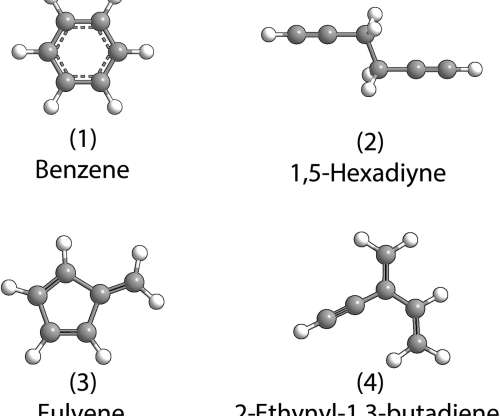




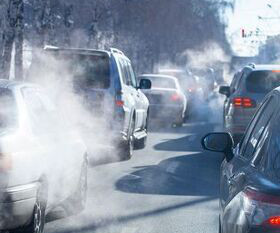



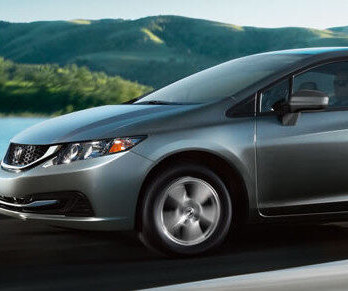

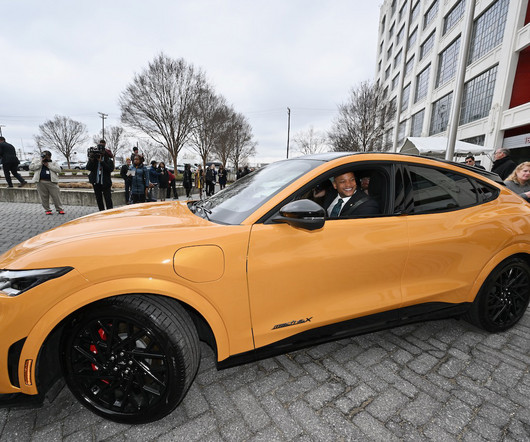



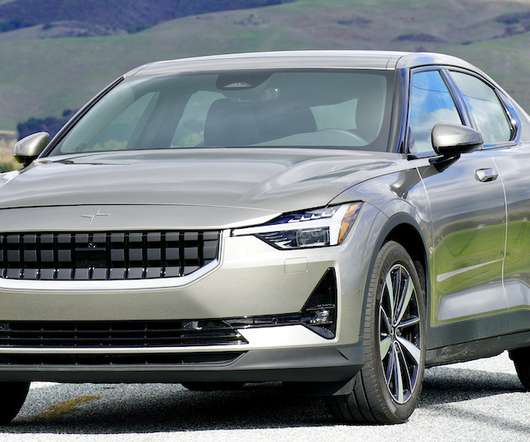
















Let's personalize your content